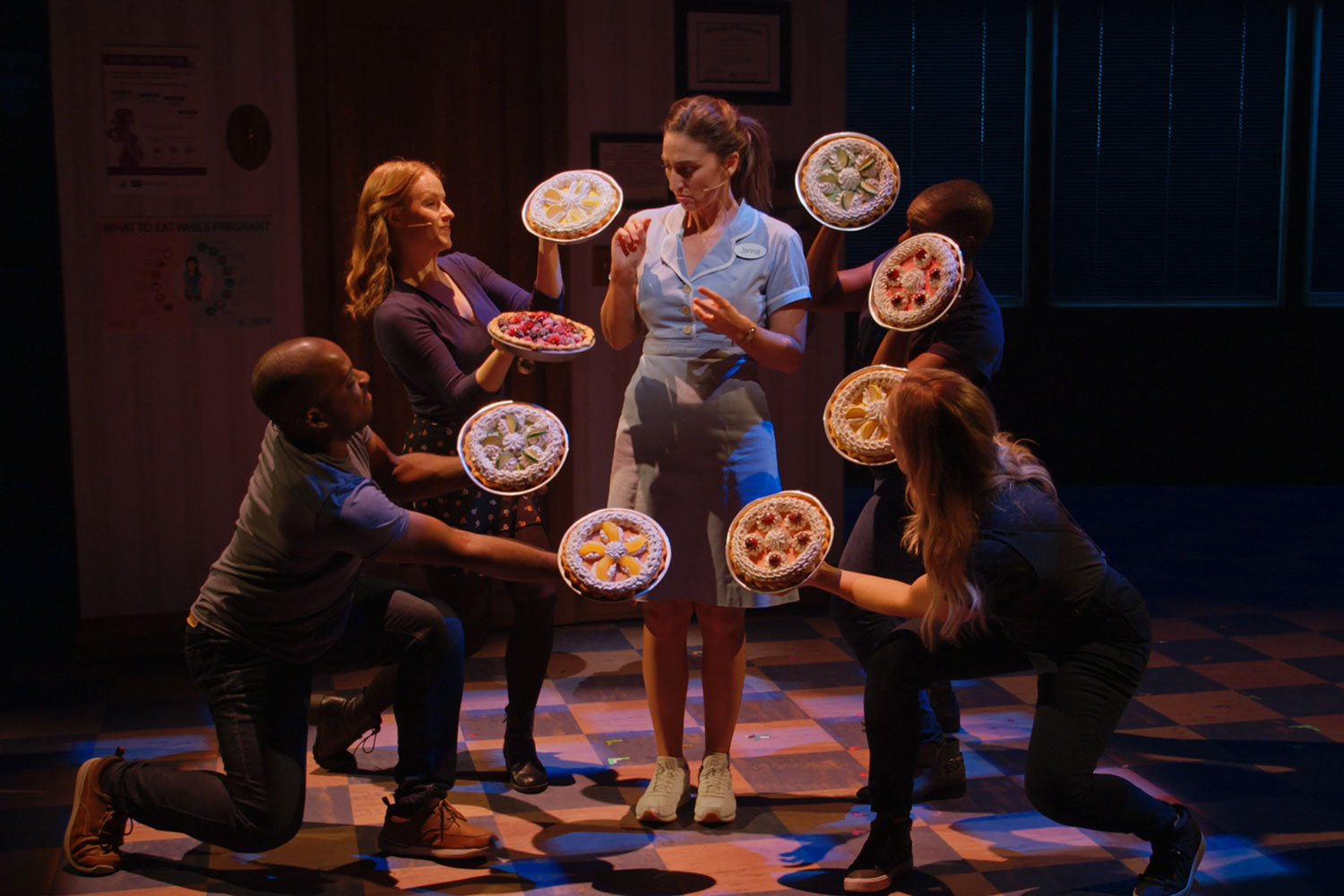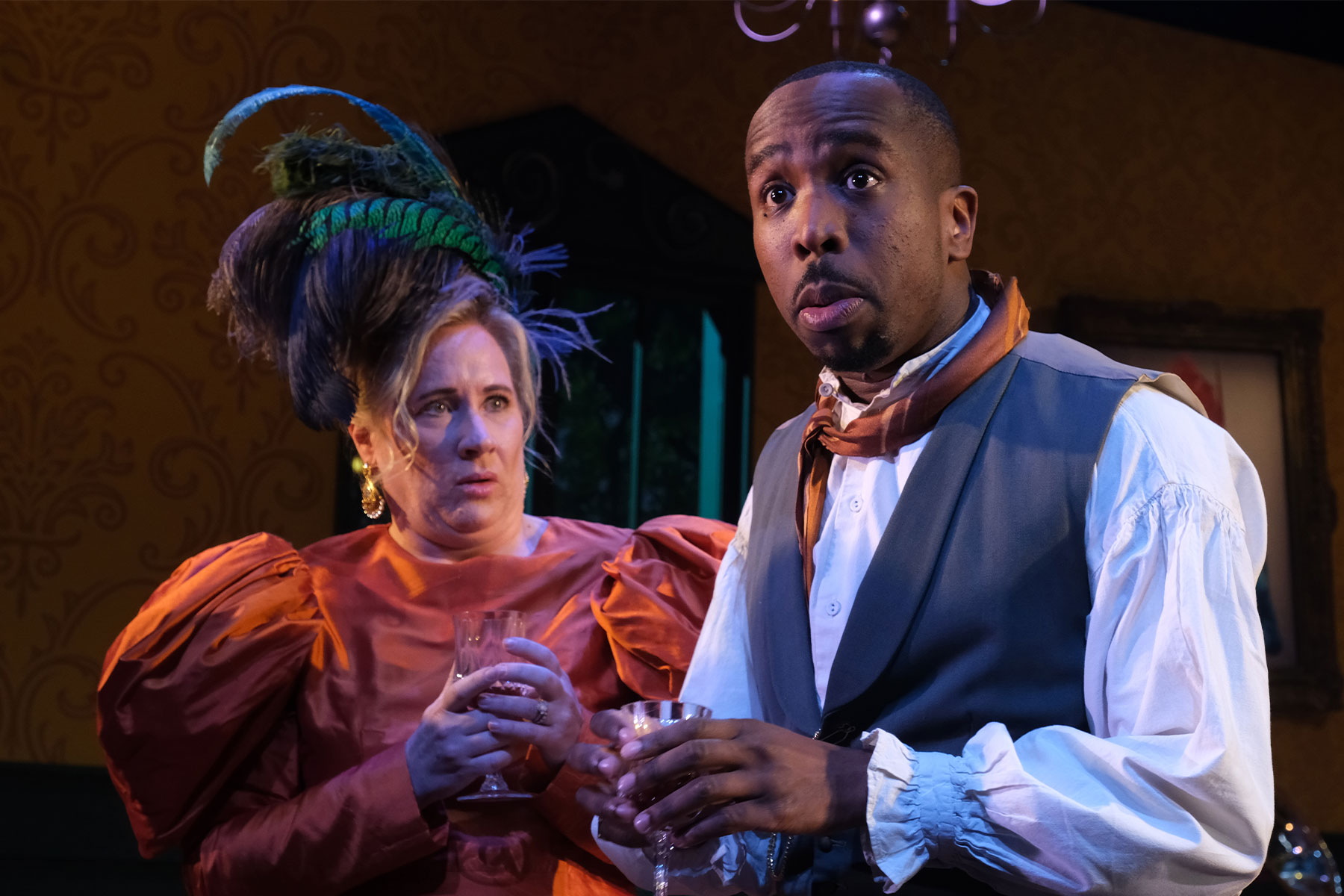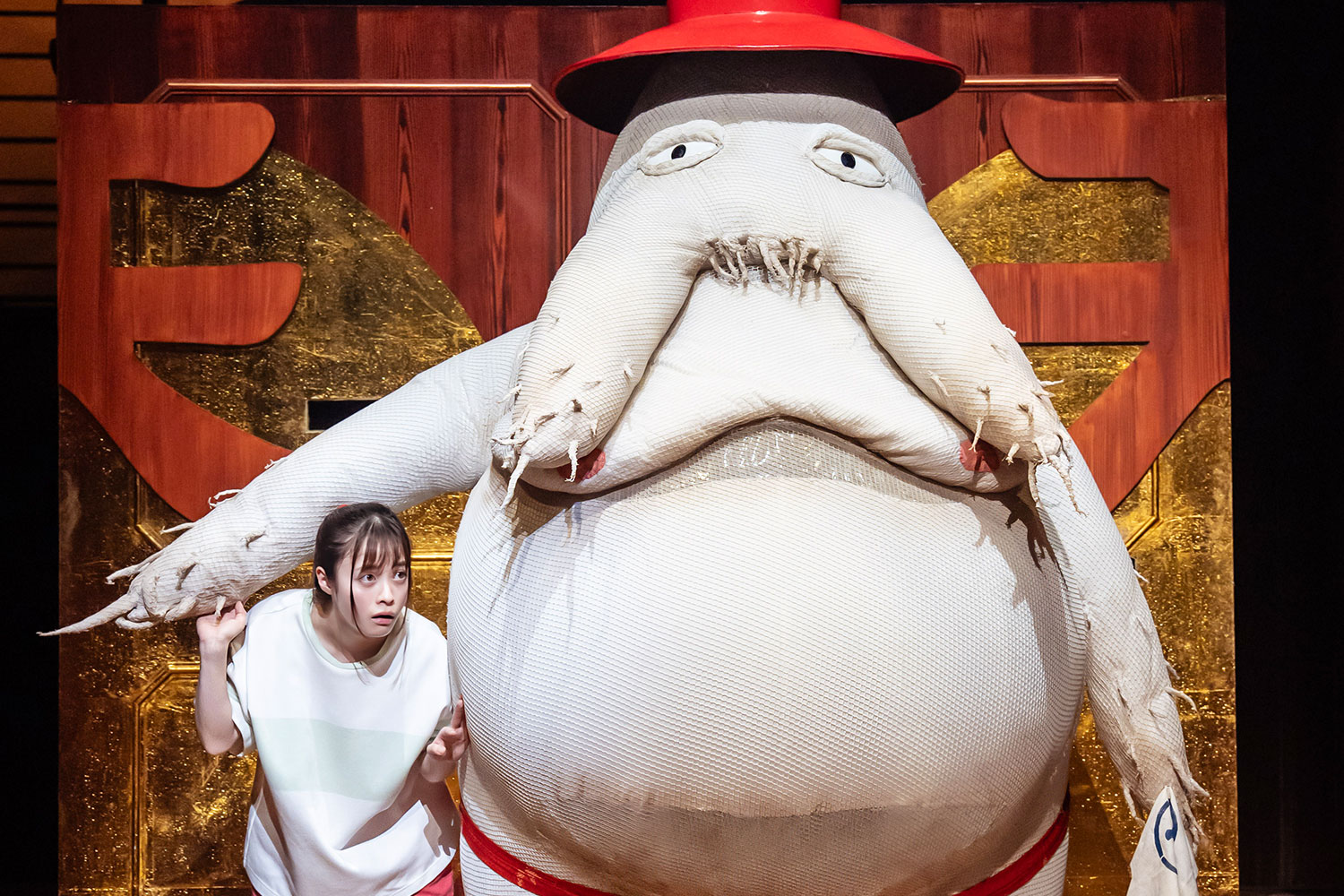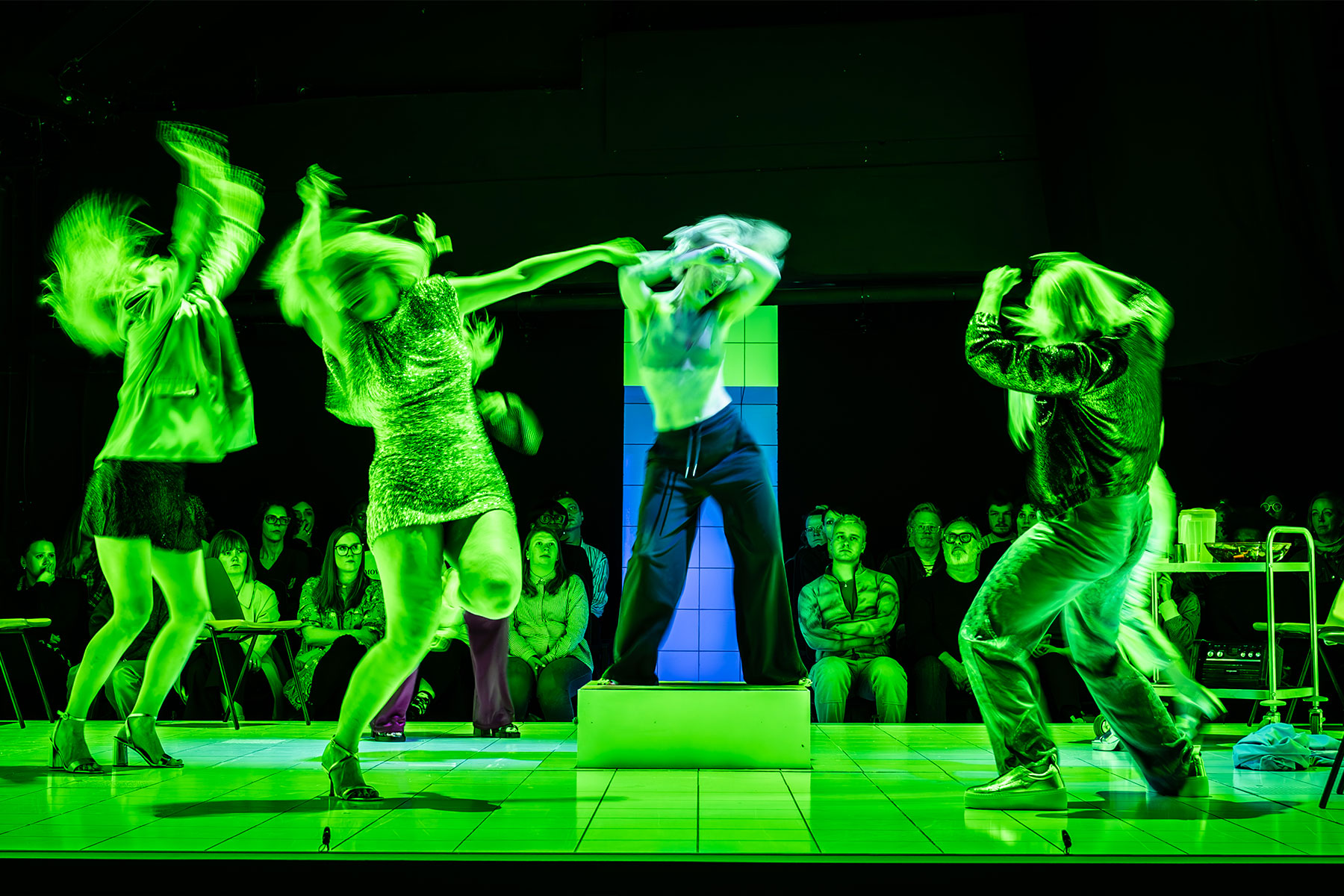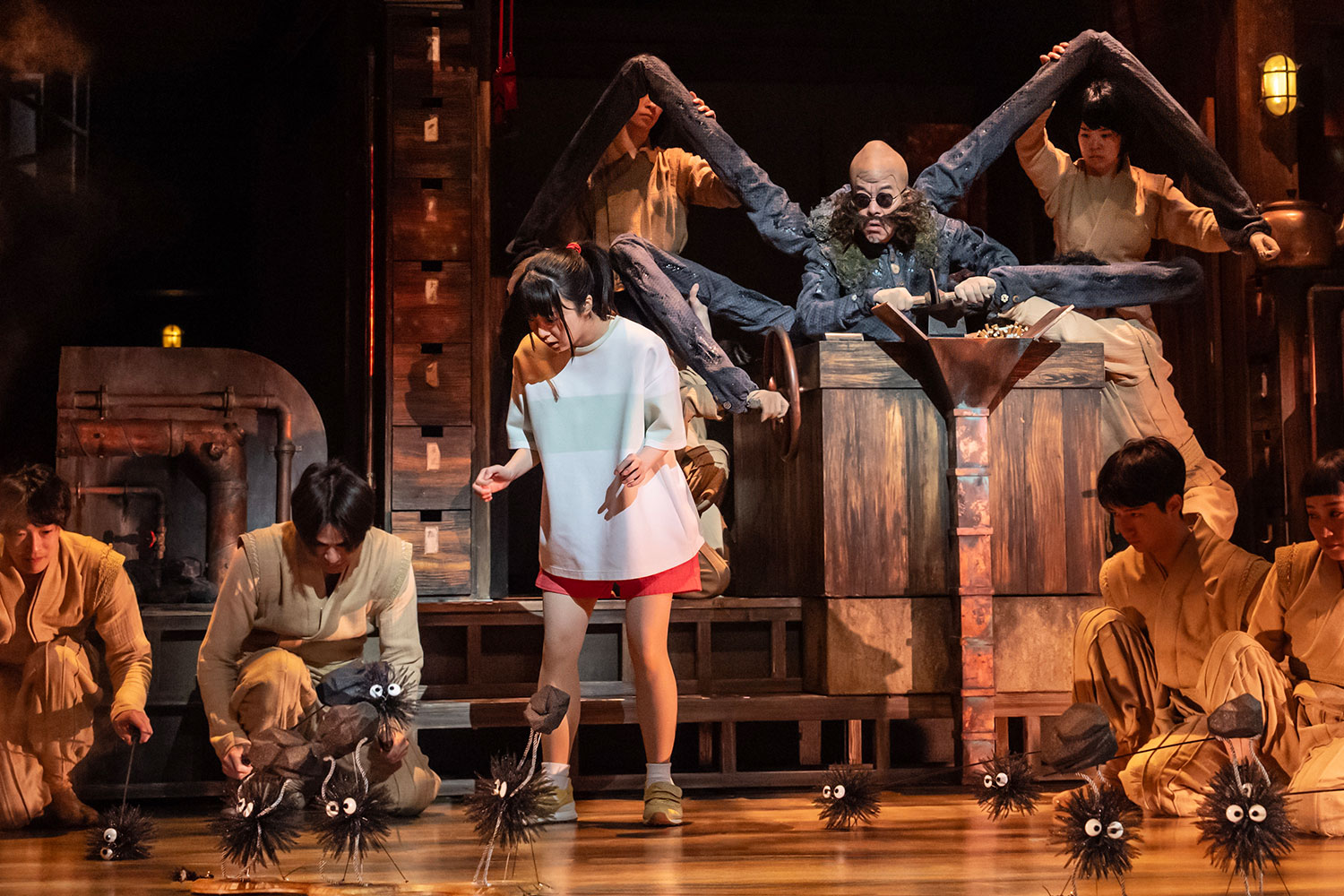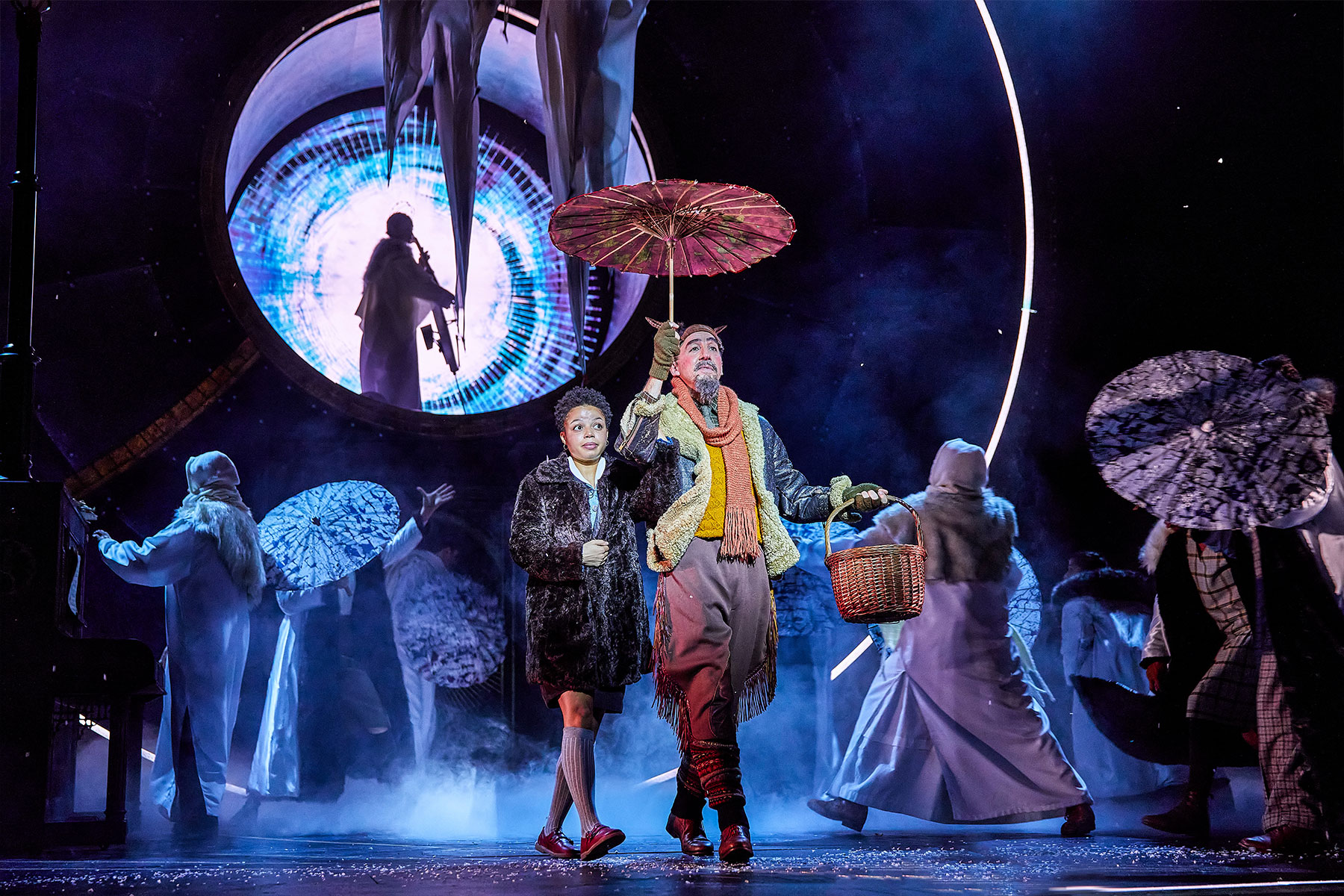Quasimodo

Steven Webb in Quasimodo (photo: Francis Loney)
Would it prove to be Lionel Bart‘s lost masterpiece? How wonderful that would have been… The great composer tinkered with adapting Victor Hugo‘s other monster novel (not Les Misérables) for half his life, from the mid-1960s until he died in 1999; but the result, never fully staged before, is as nobbled and malformed as the protagonist.
Bart worked from a twelve-page synopsis of The Hunchback of Notre Dame that he commissioned from his secretary. His libretto is a dog’s dinner of a précis that sounds like a rip-off of The Phantom of the Opera: ugly loser in the belfry pines for unobtainable gypsy girl who is competed for by a warped archdeacon and a pompous soldier.
And just to remind us of what we’re missing from Les Miserables, there’s an insurgent band of soldiers, a certain amount of public fracas (“Topsy Turvy Day” is a lifeless knees-up on the Feast of Fools) and a plangent plea for salvation by Quasimodo, anxious to assume his rightful place among the gargoyles on the church’s exterior: “If Only I Were Made of Stone.”
This number is notably well discharged by Steven Webb, who has only slightly, and cleverly, tampered with his fresh-faced chorus boy appearance by wearing one glass eye, daubing his right face in a bloody blotch and lifting one shoulder to hint at deformity. Pointedly, he talks incomprehensibly but sings like an angel.
No fault of his that the evening remains earth-bound, even as he crouches in his ecclesiastical eyrie pining for Zoë George’s flamboyant, bare-bellied Esmeralda, who gave him water when he was flogged mercilessly for failing to carry out Frollo’s orders; that’s Frollo the archdeacon (James Wolstenholme) who adopted the freakish foundling, though a new prologue confusingly suggests that Esmeralda had something to do with this.
Bart’s music and words have been supplemented with material by Chris Bond and, more recently, this show’s director, Robert Chevara. I’m afraid they’re flogging a dead horse, for the sparkish, lyrical individuality of Bart’s prodigiously creative period (between 1957 and 1964) had long been chased away – as is well documented – by his own demons and debauchery.
Chevara’s cast compensate by injecting a lot of over-the-top intensity into proceedings, though there are lingering shadows of Bart’s enormous talent, more in the lyrics than the music, in the first act closer, “Now Is Forever,” and a humdrum call for tolerance, “Live and Let Live.”
Christopher Hone has designed a kinetic-looking arrangement of ladders and silver bats’ wings, and musical director Peter Mitchell on piano leads a spry trio in the corner. Having a look at this forgotten enterprise was obviously a good idea, and you couldn’t imagine it done fiercer, or better; it just doesn’t take off.



